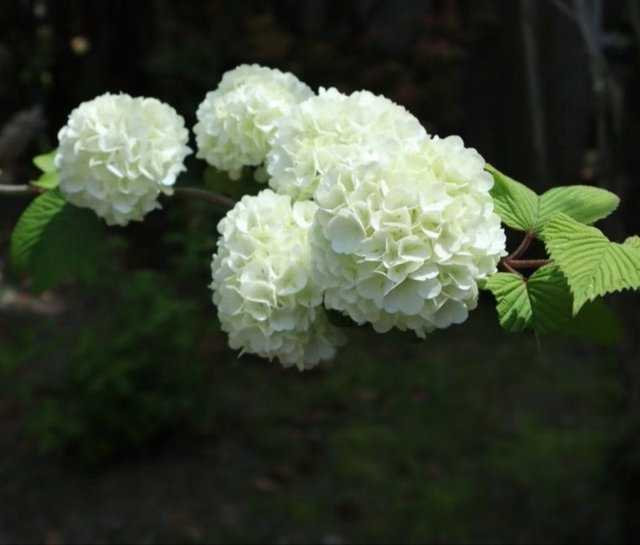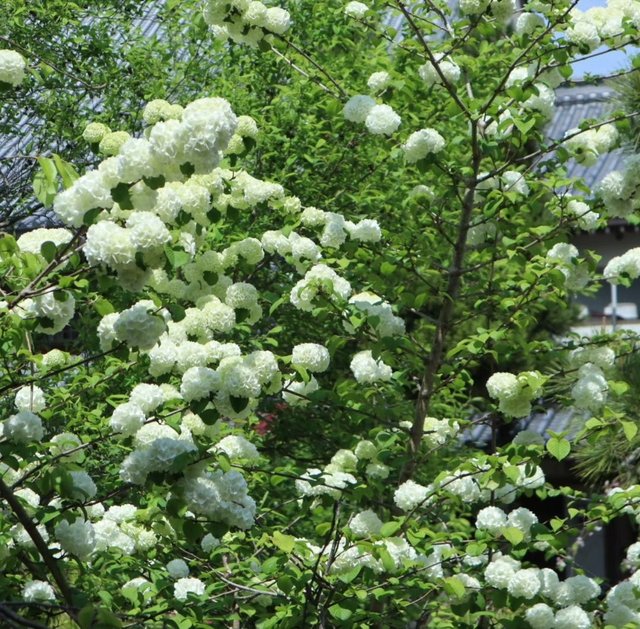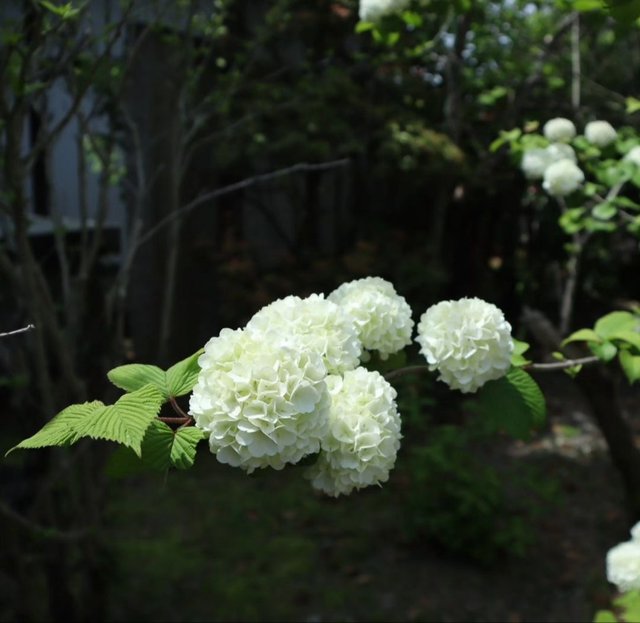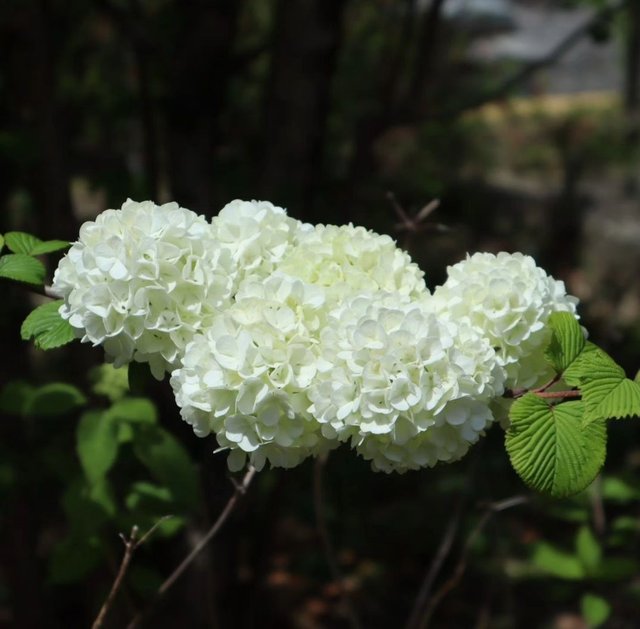Guelder-Rose Flower




The Guelder-Rose flower, is a captivating and resilient member of the honeysuckle family, adorning gardens, woodlands, and hedgerows with its exquisite blooms. Also referred to as European Cranberrybush, Water Elder, and Cramp Bark, this flowering shrub has a rich history intertwined with folklore, medicinal uses, and symbolic meanings.The Guelder-Rose flower boasts clusters of delicate white blooms that resemble lace, elegantly contrasting against its dark green foliage. As the flowers mature, they often transition to shades of pink or red, adding a captivating dimension to the landscape. Its berries, initially green, evolve into vibrant hues of red, resembling cranberries, hence the alternate name European Cranberrybush.
Throughout history, the Guelder-Rose flower has held various symbolic meanings across different cultures. In ancient European folklore, it was believed to possess protective properties, guarding against evil spirits and misfortune. In Celtic traditions, it was associated with the sacred feminine and was often used in rituals and celebrations honoring goddesses of nature and fertility.Beyond its ornamental allure, the Guelder-Rose flower has a long-standing history of medicinal applications. The bark of the shrub, known as Cramp Bark, was traditionally used by Native American and European herbalists to alleviate menstrual cramps and muscle spasms. Additionally, the berries were utilized for their high vitamin C content, offering a natural boost to the immune system.